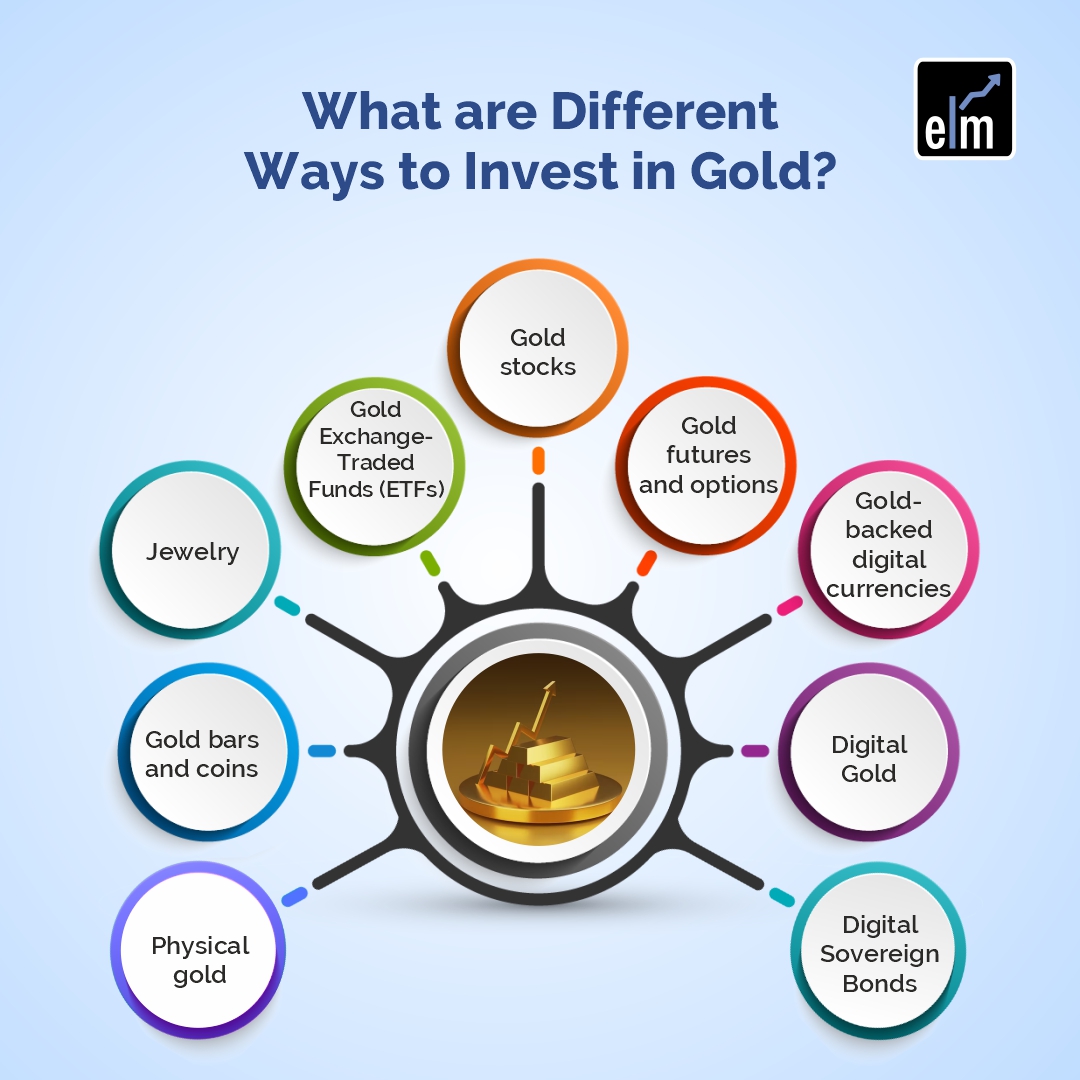Gold has captivated investors for centuries, serving as a store of value, a hedge against inflation, and a safe haven during economic uncertainty. Understanding the various avenues available for gold investment is crucial for making informed decisions. This guide provides a comprehensive overview of how to invest in the gold market, covering different investment options, potential risks, and key considerations. Whether you are a seasoned investor or just starting, this information will help you navigate the complexities of the gold market and potentially diversify your portfolio.
Understanding the Gold Market
The gold market is a global marketplace where gold is traded in various forms. Understanding the dynamics of supply and demand, geopolitical events, and economic indicators is crucial for successful gold investing.
- Supply: Gold mining production and recycling contribute to the overall supply.
- Demand: Jewelry, industrial applications, investment demand, and central bank purchases influence demand.
- Economic Factors: Inflation, interest rates, and currency fluctuations can impact gold prices.
Different Ways to Invest in Gold
There are several ways to invest in gold, each with its own advantages and disadvantages. Choosing the right method depends on your investment goals, risk tolerance, and capital availability.
Physical Gold
Investing in physical gold involves purchasing gold bullion (bars or coins) directly.
- Gold Bullion: Gold bars are available in various sizes and weights.
- Gold Coins: Collectible or bullion coins are a popular choice for investors.
Pros: Tangible asset, safe haven during economic downturns.
Cons: Storage costs, insurance requirements, potential for theft.
Gold ETFs (Exchange-Traded Funds)
Gold ETFs are investment funds that track the price of gold. They offer a convenient way to gain exposure to gold without owning physical gold.
Pros: Liquidity, lower storage costs, diversification.
Cons: Tracking error, management fees, not owning physical gold.
Gold Mining Stocks
Investing in gold mining stocks involves purchasing shares of companies that mine gold. This can offer leveraged exposure to gold prices, but also carries company-specific risks.
Pros: Potential for higher returns, dividend income.
Cons: Company-specific risks, operational challenges, regulatory issues.
Gold Futures Contracts
Gold futures contracts are agreements to buy or sell gold at a predetermined price on a future date. They are typically used by sophisticated investors and traders.
Pros: Leverage, potential for high profits.
Cons: High risk, margin requirements, potential for significant losses.
Factors to Consider Before Investing
Before investing in gold, consider the following factors:
- Investment Goals: What are you hoping to achieve with your gold investment?
- Risk Tolerance: How much risk are you willing to take?
- Investment Horizon: How long do you plan to hold your gold investment?
- Capital Availability: How much capital are you willing to allocate to gold?
Risks Associated with Gold Investment
While gold is often considered a safe haven asset, it is important to be aware of the potential risks involved.
- Price Volatility: Gold prices can fluctuate significantly in the short term.
- Storage Costs: Storing physical gold can be expensive.
- Counterparty Risk: Investing in gold ETFs or futures contracts involves counterparty risk.
- Opportunity Cost: Capital allocated to gold could be used for other investments.
Factoid: Central banks around the world hold significant gold reserves, using it as a store of value and a way to diversify their holdings.
FAQ: Investing in Gold
Q: Is gold a good investment?
A: Gold can be a good investment for diversification and hedging against inflation and economic uncertainty. However, it is important to consider your individual investment goals and risk tolerance.
Q: How much of my portfolio should be in gold?
A: The appropriate allocation to gold depends on your individual circumstances. A common recommendation is to allocate 5-10% of your portfolio to gold.
Q: Where can I buy physical gold?
A: You can buy physical gold from reputable dealers, bullion brokers, and online retailers.
Q: Are gold ETFs safe?
A: Gold ETFs are generally considered safe, but they are subject to tracking error and management fees.
Q: What are the tax implications of investing in gold?
A: The tax implications of investing in gold vary depending on your location and the type of gold investment. Consult with a tax advisor for specific guidance.
Q: How do I store physical gold safely?
A: You can store physical gold in a bank safe deposit box, a private vault, or a home safe. Ensure your storage is insured against theft and damage.
Q: What is the difference between a gold bullion coin and a numismatic coin?
A: A gold bullion coin’s value is primarily based on its gold content, while a numismatic coin’s value is also influenced by its rarity, historical significance, and condition.
Staying Informed and Seeking Professional Advice
The gold market is constantly evolving, so it’s crucial to stay informed about market trends, economic developments, and geopolitical events. Regularly review your gold investments and adjust your strategy as needed.
Consider seeking professional advice from a financial advisor who can help you assess your investment goals, risk tolerance, and time horizon. A qualified advisor can provide personalized recommendations and guide you through the complexities of the gold market.
Investing in gold can be a valuable addition to a diversified investment portfolio. By understanding the different investment options, assessing the associated risks, and staying informed about market trends, you can make informed decisions and potentially benefit from the long-term value of gold. Remember to consult with a financial advisor to develop a personalized investment strategy that aligns with your individual circumstances and financial goals. Gold, while not a guaranteed path to riches, offers a tangible asset and a potential hedge against the uncertainties of the modern financial world. Careful planning and due diligence are key to successful gold investing.

